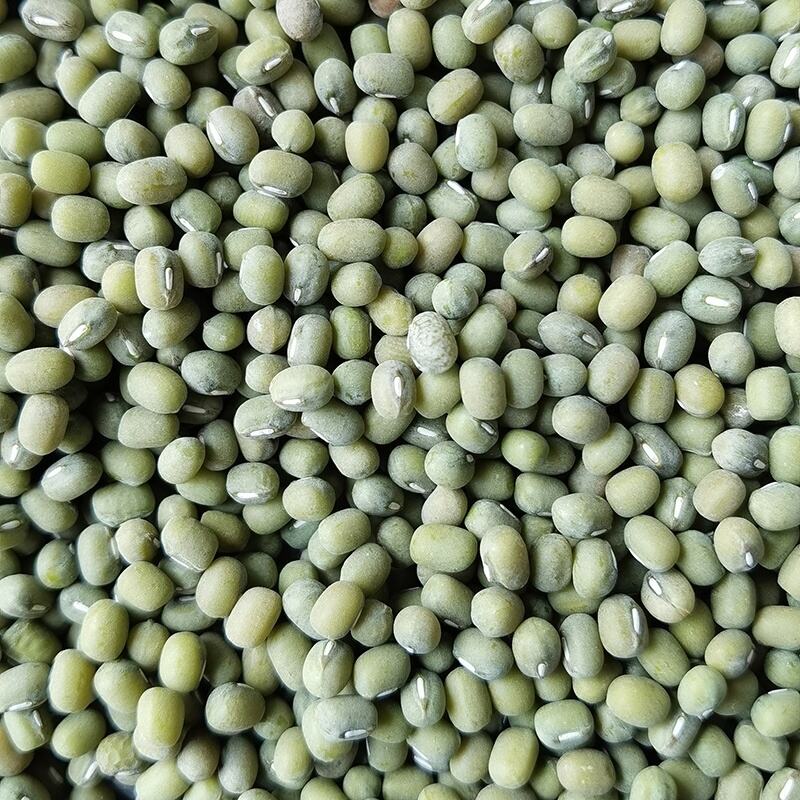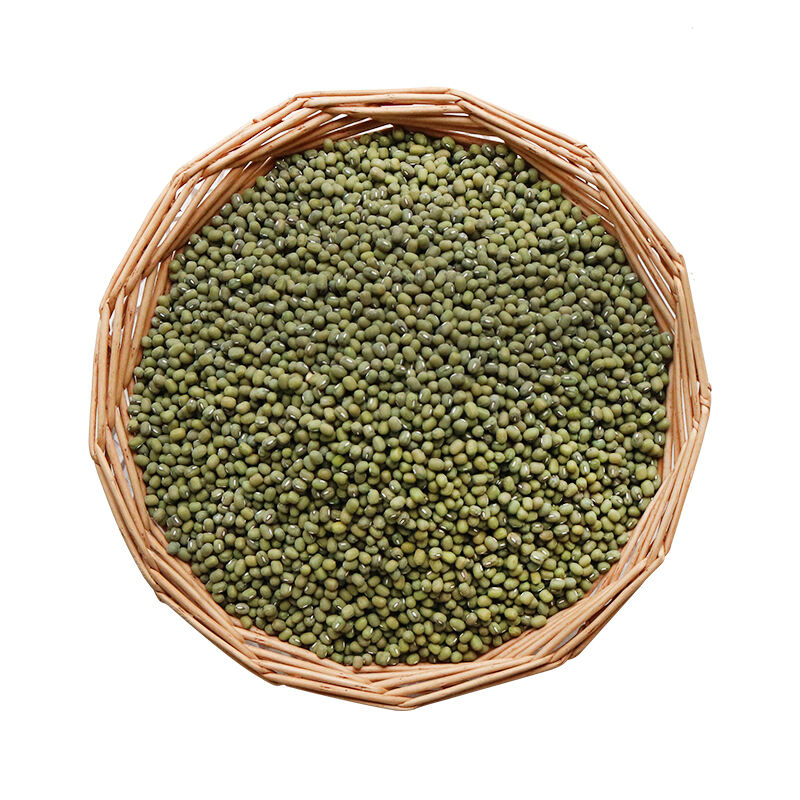mung bean and green bean
Mung beans and green beans, while often confused, are distinct legumes that offer remarkable nutritional benefits and versatility in culinary applications. Mung beans are small, round legumes with green skin and yellow flesh inside, commonly used in Asian cuisine and sprouting. These beans are packed with protein, fiber, antioxidants, and essential minerals. They're particularly notable for their easy digestibility and versatility in both sweet and savory dishes. Green beans, also known as string beans or snap beans, are longer, pod-like vegetables that can be eaten whole. They're characterized by their crisp texture and bright green color, making them a popular choice in various global cuisines. Both varieties are celebrated for their sustainable growing practices, requiring minimal water and fertilizer while enriching soil quality through nitrogen fixation. These legumes have gained significant attention in modern food technology, with applications ranging from traditional cooking methods to innovative protein extracts and plant-based meat alternatives. Their processing techniques have evolved to include freeze-drying, powder formation, and incorporation into functional foods, meeting the growing demand for nutritious, plant-based protein sources.


